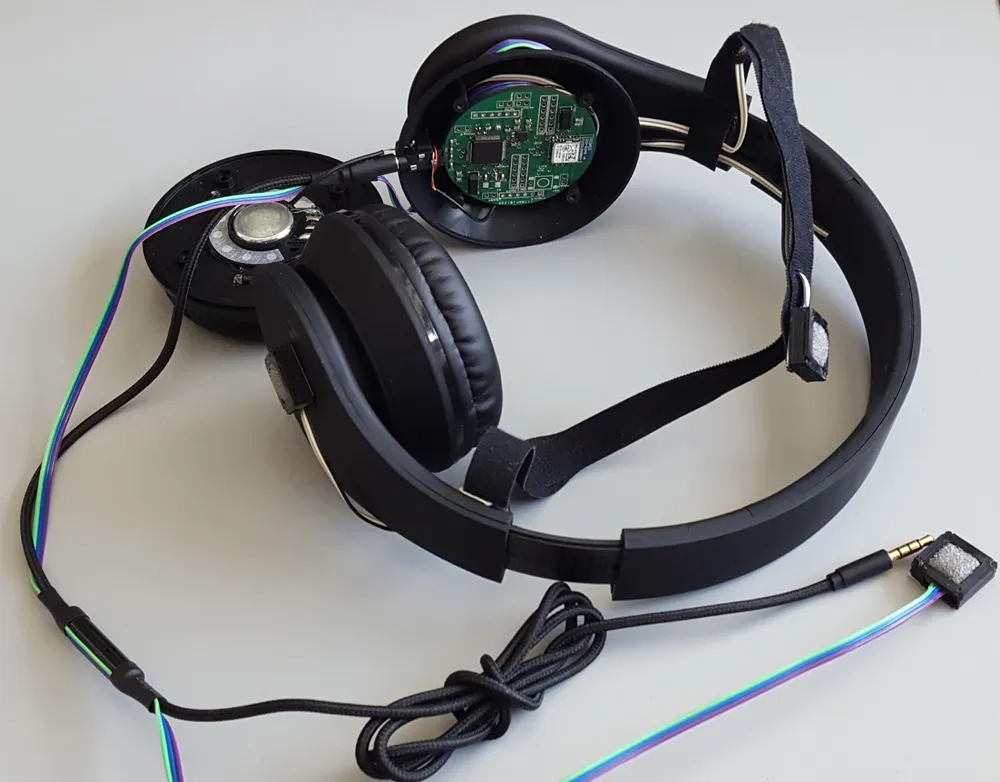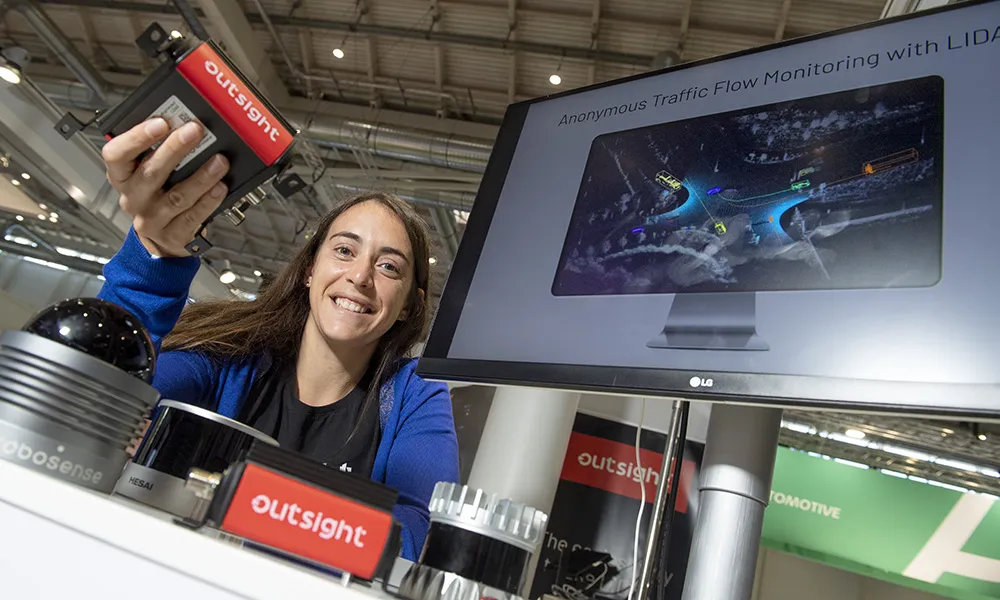The XCG-CP510 GS CMOS camera simplifies stress inspection, contrast improvement, scratch detection, object detection, removal and enhancement from a single image capture, the company adds.
The camera’s module is expected to deliver 5.1 MP polarised B/W images at 23 fps, transmitted over a GigE interface
Sony’s camera includes multiple trigger modes such as edge detection, pulse width detection, bulk trigger, sequential trigger, free set sequence and a burst-trigger function. Also, the module can be fired via hardware or software triggers or via the IEEE1588 precision timing protocol, with the unit capable of acting as either a slave or dynamically assigned master device.
XCG-CP510 will be available in mass-production quantities from November and a polarised-camera software development kit will be available to speed and simplify the development of polarised-light applications for the hardware.
Sony unveils polarised category for machine vision camera
Sony Europe’s Image Sensing Solutions (ISS) is showcasing its polarised category of machine vision camera at Traffic Vision in Stuttgart, Germany, 6-8 November. The company says the camera’s IMX250MZR sensor captures polarised light in four different angles. The XCG-CP510 GS CMOS camera simplifies stress inspection, contrast improvement, scratch detection, object detection, removal and enhancement from a single image capture, the company adds. The camera’s module is expected to deliver 5.1 MP polarised
October 17, 2018
Read time: 2 mins










